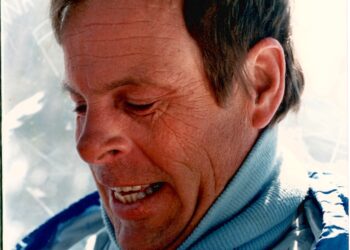By Marianne Baumberger U.S. Forest Service
Three factors influence wildfire behavior: weather, topography and fuel.
These elements affect and increase the likelihood of a fire starting, the speed and direction at which a fire will travel, the intensity at which it burns, and the ability to control and extinguish it.
Just because it’s cool and rainy today doesn’t mean that tomorrow, when the wind starts whipping and the temperature is high, your campfire will not come back to life and start a wildfire.
Fuel in a wildfire consists of live and dead vegetation, such as trees, shrubs, grasses and their leaves and needles. It can also include structures. The amount of fuel, its moisture content, arrangement, and other characteristics will influence how the fire will behave.
Please be careful, keep your campfire away from vegetation, and always leave your campfire dead out, stirring with water and leaving it cool to the touch.
As of EBS press time on July 8, the fire danger in the forest on the Bozeman and Hebgen Lake Ranger Districts is 













